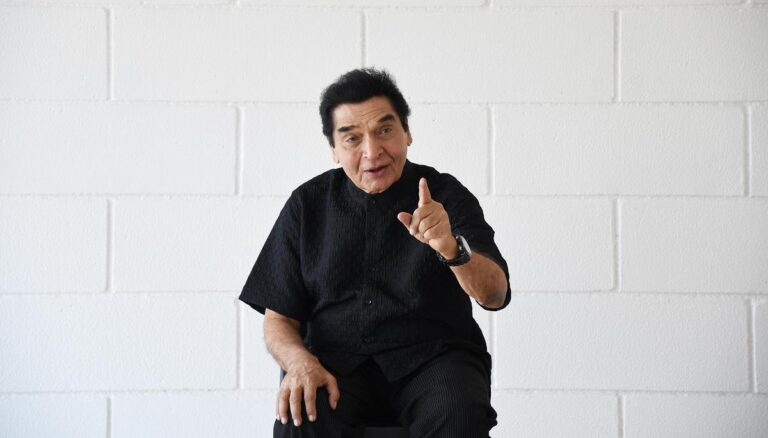In a world news that things changed by hours, one piece of news has sent ripples across continents: the United States has announced a sweeping increase in tariffs on a range of Indian goods, with rates climbing as high as 50%. While trade tensions between the two nations have simmered for years, this sudden tension makes other leader to react on tarrifs —and opened the door to unexpected alliances.
1. Critical Shift: News U.S Tariffs Threaten India’s Export Backbone
On August 27, the U.S. Trade Representative’s office confirmed that the new tariff structure targeting Indian exports, citing concerns over trade imbalances and intellectual property enforcement. The affected categories include textiles, pharmaceuticals, automotive components, and select electronics—sectors that form the backbone of India’s export economy.
The move is part of a broader strategy to protect American industries and reduce dependency on foreign supply chains. However, critics argue that such aggressive measures could backfire, especially as India emerges as a key player in global manufacturing and digital services.
2. India’s Response: Strategic News Silence and Calculated Steps
India’s initial reaction has been measured. Rather than issuing a global rebuttal, officials from the Ministry of Commerce have hinted at a strategic review of trade policies and potential countermeasures. Behind closed doors, industry leaders are already assessing the impact on small and medium enterprises, many of which rely heavily on U.S. markets.
Breaking News: Global Trade Repercussions
What’s notable is India’s restraint. Instead of escalating the conflict, the government appears to be exploring alternative trade routes, strengthening ties with Southeast Asia, and accelerating domestic production incentives under the “Make in India” initiative.
3.China Enters the Chat: A Surprising Ally?
In a twist few saw coming, China has publicly opposed the U.S. tariffs on Indian goods. During a press briefing in Beijing, Chinese officials described the move as “disruptive to global trade stability” and expressed support for India’s position. This marks a rare moment of alignment between two nations often seen as regional rivals.
China’s gesture isn’t just symbolic—it’s strategic. With the upcoming Shanghai Cooperation Organization (SCO) summit, where Indian Prime Minister Narendra Modi is expected to attend, Beijing is positioning itself as a stabilizing force in Asia. Offers to reopen border trade, resume direct flights, and form joint economic task forces have already been floated.
4.The Bigger Ne Picture: A Shift in Global Trade Dynamics
This isn’t just a bilateral issue—it’s a signal of broader shifts in global trade. As Western economies tighten regulations and impose tariffs, emerging nations like India and China are exploring new models of cooperation. The idea of a “dragon-elephant tango,” once dismissed as poetic diplomacy, is now being discussed in serious policy circles.
For India, this moment presents both a challenge and an opportunity. The challenge lies in navigating U.S. pressure without compromising growth. The opportunity? To redefine its role in global supply chains, attract new investment, and build resilient trade partnerships beyond traditional Western allies.
5.Impact on Markets and Businesses
The immediate fallout is already visible. Indian exporters are bracing for reduced margins, delayed shipments, and increased compliance costs. Meanwhile, American importers—especially in the pharmaceutical and textile sectors—are scrambling to find alternative suppliers or renegotiate contracts.
Stock markets in both countries showed mild volatility, with analysts warning of longer-term disruptions if the tariff war escalates. For startups and mid-sized firms, the uncertainty could stall expansion plans and force a pivot toward domestic markets or non-U.S. regions.
🧠 Final Thought: News That Signals a New Era
This isn’t just another headline it’s a turning point. The U.S. tariff decision, India’s strategic response, and China’s unexpected support form a triangle of tension that could reshape global trade for years to come. For bloggers, analysts, and entrepreneurs, this is the kind of news that demands attention—not just for what it says, but for what it signals.
As the dust settles, one thing is clear: the world is watching, and the rules of engagement are being rewritten in real time.








And Also That’s Why Pm Modi Go to Japan , is the tariffs raise as that much than the business with America need to be close